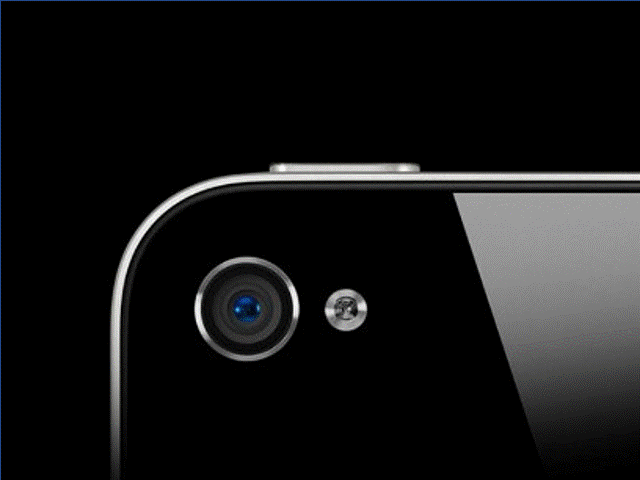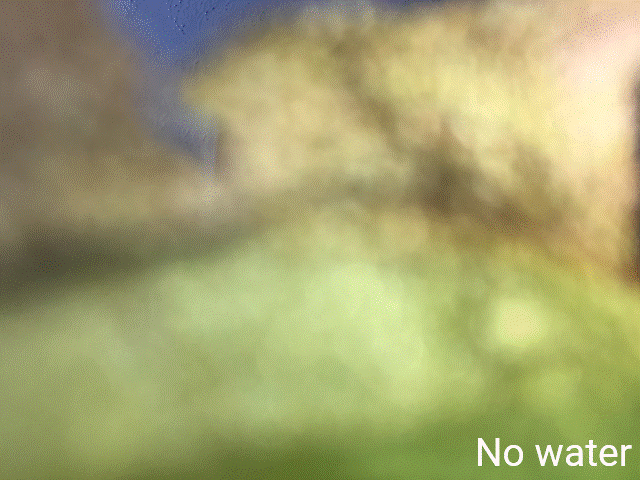
Water Droplet Magnifying Glass
The Experiment
In this laboratory session, we will use a water droplet as a magnifying glass to turn a smartphone camera into a macro camera.
This page will give you some useful information about how the lab works, and what you will need to complete it. Once you are done reading, scroll to the bottom to enter the lab!
What do I need to prepare?
(Optional) These can be used to change how the water droplet affects the image.
(Optional) If you want to take some pictures, the headphones can be used as a shutter button.
(Optional) A second phone or torch can be used to back-light your sample and improve the images.
(Optional) A second phone or torch can be used to back-light your sample and improve the images.
Water Bead Magnifying Glass Instructions
Step by Step

1. Protecting your phone
If you are using the front camera of your phone you can use a clear plastic bottle to hold the water droplets:
Carefully cut the bottle in half length-ways using a pair of scissors
Lay the bottle on top of your phone. Trim it down a little more if required
Put a few droplets of water in the bottle. You can create bigger or smaller droplets by moving the bottle around
Using the back camera of your phone can be a little more difficult, because you will need to keep the droplet from falling off, but it does give a more pronounced magnification effect because gravity helps to curve the surface of the droplet. Applying clingfilm helps the droplet to stick to your camera:
Cover your camera and speaker with a clingfilm.
Place a water drop on your camera. Ensure the water drop covers the whole camera
Flip the phone over, trying to ensure the droplet stays on the camera

Once you have a water drop in place over the camera, take an object you want to take a picture of (e.g. a leaf) and move the object back and forth in front of the camera until you find a distance which gives you the clearest image.
If you are using the second device for the backlight, use volume buttons on the device or headphones, or a Bluetooth control to take a picture.

3. Changing the water lens
Once you have tried taking some images, try making smaller water beads. Again, move your object back and forth until you get the clearest image. Did the size of the water bead affect the image resolution? You should notice that smaller droplets with more curvature will bring objects into focus closer to the camera.
As we discussed earlier, different materials have different refractive indexes, which will affect how they bend light. Try replacing the water droplet with an oil droplet, or adding some sugar to the water droplet and see how close the camera will focus

4. Send us some images
Once you have got some nice images, consider trying out our machine learning challenge in the Octoplus Imaging Olympcs or enter our Imaging Competition!
How does this experiment work?
Refraction
This experiment works because light rays move at different speeds in different substances.
Light rays slow down and change direction when they enter materials that have a higher density than air. The amount that a substance will bend light rays is called a substance’s refractive index. While this may sound technical, you’ve seen refraction at work many times. Have you ever noticed that your legs look strangely bent when you’re dangling them in a pool? This is because the light is being refracted when it hits the water.
When a light passes through a curved surface the light will bend, which results in the light rays converging or diverging. This is how a magnifying glass works. Magnifying glasses are convex lenses, which cause light to refract which means it appears larger on the sensor.

The water droplet is acting like a magnifying glass
The lenses in a mobile phone are set to focus at a certain distance. Any object that is closer than the camera's minimum focus distance will be out of focus.
It's easy to test this, if you hold a leaf close to the phone, the phone will not be able to focus on it closer than 5 or 6cm. By adding a water droplet above the lens, we reduce the minimum focus distance.
The water droplet acts similarly to how a magnifying glass would work, bending the light rays and causing them to converge closer. This means that objects that are closer to the camera remain in focus.


Thanks for reading!
See if you can collect some images, and submit them on the Share Images page!